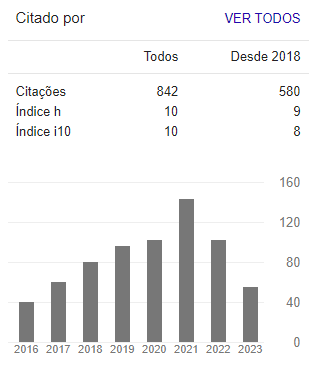Chamada FronteiraZ 36: Infância. Infantil. Literatura: mediações
Infância. Infantil. Literatura: mediações
Organizadores
Dr. Francisco Thiago Camêlo da Silva
Professor do PPG em Estudos Comparados de Literaturas de Língua Portuguesa (USP)
Dra. Maria José Palo
Professora Pesquisadora – PUC-SP
Me. Cássia Vianna Bittens
Doutoranda do PPG em Literatura e Crítica Literária (PUC-SP)
Me. Juliana Mutafi
Doutoranda do PPG em Literatura e Crítica Literária (PUC-SP)






 Este obra está licenciada com uma Licença
Este obra está licenciada com uma Licença 